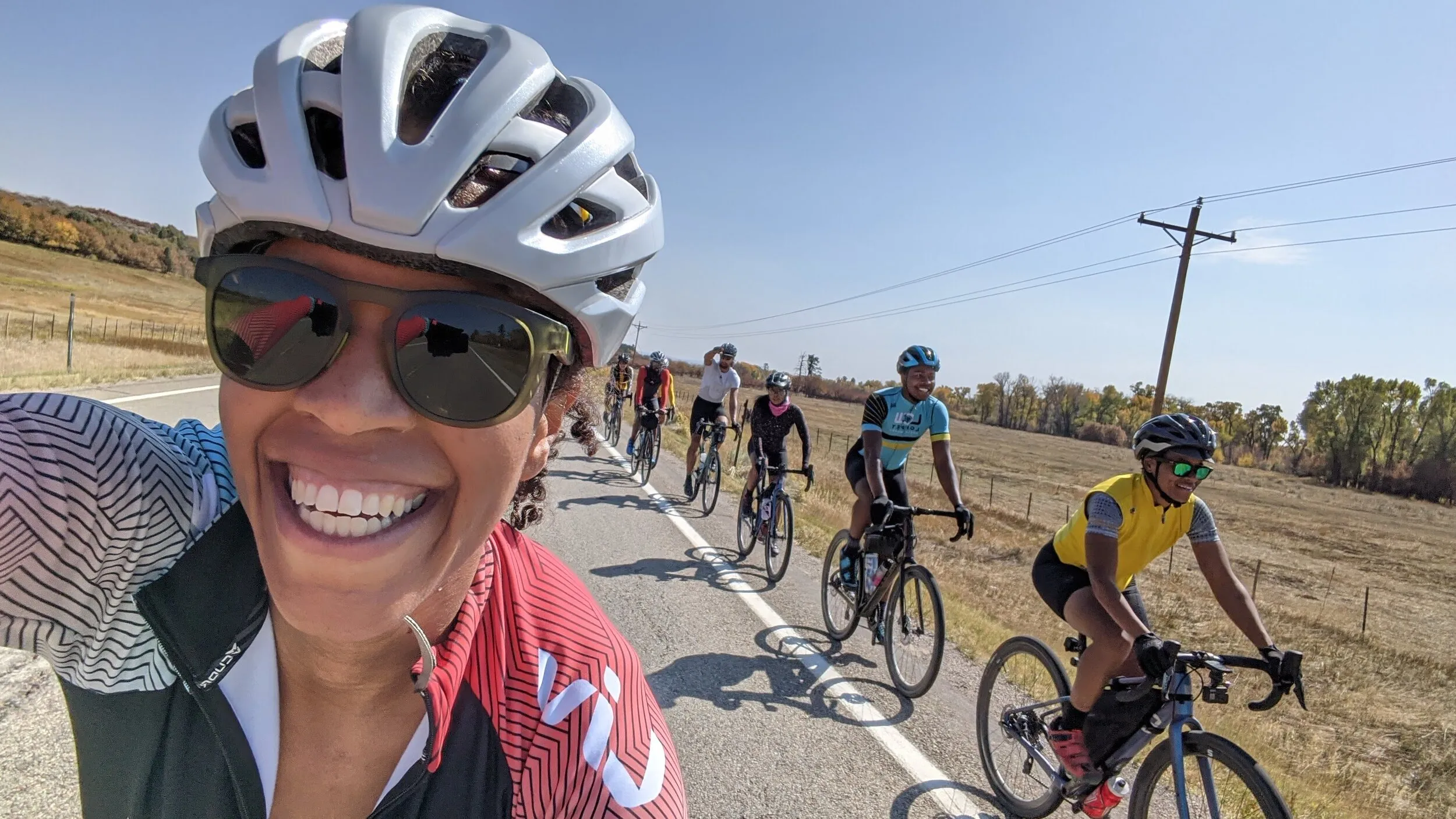As an avid cyclist and car enthusiast, I’m always seeking ways to enhance the riding experience, and safety is paramount. While modern cars boast impressive technology, sometimes nothing beats clear, old-fashioned communication. That’s where hand signals come in. They bridge the communication gap between cyclists and other road users, especially when wind noise and traffic make verbal cues difficult.
This guide delves into the essential hand signals every cyclist should know. We’ll cover common signals, regional variations, and tips for using them effectively. Let’s ensure our rides are safe, enjoyable, and free from avoidable incidents.
Why Hand Signals Matter
Hand signals provide a universal language that transcends spoken words. They are crucial for:
- Safety: Clearly signaling your intentions prevents accidents by giving others time to react.
- Group Riding: Hand signals are vital for maintaining a smooth and cohesive flow within a group of cyclists.
- Courtesy: Using hand signals shows other road users that you are aware of them and are riding responsibly.
Essential Hand Signals Every Cyclist Should Know
Let’s dive into the most common hand signals, breaking them down for easy understanding:
Slowing & Stopping
- Slowing: Extend your arm out to the side (left arm for slowing or stopping in the left lane, right arm for the right lane) and flap your hand up and down.
- Stopping: Extend your arm out to the side, with your palm facing backward, like you’re signaling a car to stop.
 image alt text
image alt text
Pro Tip: “For added safety, especially in low-light conditions, consider wearing gloves with bright colors or reflective elements,” advises cycling safety expert, Sarah Jones, founder of Safe Ride Solutions.
Hazard/Pothole
- Point with your index finger towards the hazard, whether it’s a pothole, debris, or an obstacle in the road.

Pro Tip: Vary the speed and urgency of your pointing depending on the severity of the hazard.
Debris/Gravel
- Extend your arm out to the side and use a flat hand, palm facing down, and make a waving motion like you’re wiping something off the road surface.

Pro Tip: When signaling debris, try to indicate the approximate area covered by the hazard.
Move Over
- Extend your arm out to the side and wave it back and forth in a sweeping motion, indicating the direction you want others to move.

Pro Tip: This signal is particularly useful when approaching parked cars or other obstacles that require cyclists to move into the lane.
Train Tracks
- Pump your arm up and down at a right angle, mimicking the motion of a train conductor’s signal. This warns others of upcoming train tracks.

Pro Tip: Be extra cautious when crossing train tracks as they can be slippery, especially when wet.
Pull Through
- Extend your arm out to the side and flick your elbow, indicating that you’re ready to be overtaken or that you’re pulling off the front of a pace line.

Pro Tip: Use this signal when riding in a group to ensure a smooth transition and avoid confusion.
Let Me In
- Extend your arm out to the side at a slight angle and point in the direction you want to move, indicating to other cyclists that you need to merge.

Pro Tip: Make eye contact with the cyclists around you before merging to ensure they’ve seen your signal.
Getting Out of the Saddle
- Swing your arm back and forth behind you, simulating an elephant’s trunk.

Pro Tip: This signal is more about courtesy than safety. It gives riders behind you a heads-up that your bike’s movement will change slightly.
Turning Right and Left
- Right Turn: Extend your right arm straight out to the side, with your palm facing forward.
- Left Turn: Extend your left arm straight out to the side, with your palm facing forward.

Pro Tip: Always signal well in advance of your turn to give others ample warning.
Going Straight
- At an intersection, point straight ahead with your left arm, signaling your intention to proceed straight.

Pro Tip: This signal helps prevent drivers from assuming you’re turning.
Conclusion
Mastering these hand signals will significantly enhance your safety and communication on the road. Practice them until they become second nature. Remember, confident and clear communication is key to fostering a safer and more enjoyable cycling experience for everyone. Happy Riding!